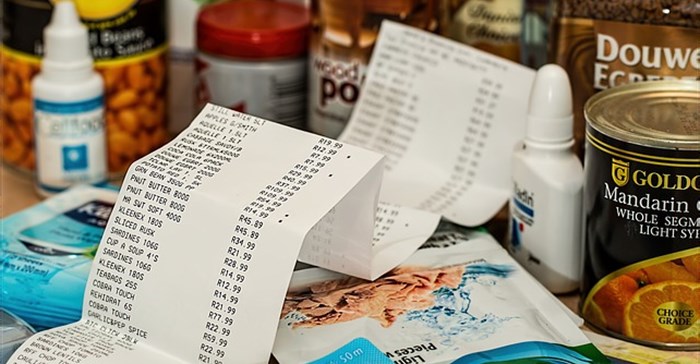
Debtbusters has recorded a 113% increase in enquiries about debt counselling so far in December, compared to last year. Wason is predicting the situation is only going to get worse. He points out four key reasons why the debt stress of cash-strapped consumers will increase even more.
Wason predicts there will be no income tax relief on the horizon for middle- and upper-income earning consumers in 2016. He believes any tax hikes will only make these consumers more financially vulnerable.
"Middle- and upper-income earners are some of the most financially constrained South Africans. They have houses, cars and ample monetary commitments, such as school fees and mobile contracts," said Wason.
"These consumers have these possessions because they have borrowed money to make purchases and have already been impacted by two repo rate increases in 2015. Any tax increases will directly impact their level of disposable income and will only make it harder for them to service their financial commitments and absorb another repo rate increase."
The recent weakening of the rand, tighter monetary and fiscal policy and the inflationary impact of possibly the worst drought in South Africa's history will likely lead to additional hikes in the repo rate by the SA Reserve Bank at the start of 2016. This could be a tipping point for many consumers after their festive season spending, in Wason's view.
In addition, consumers can expect their cash flow to be squeezed by other price increases in items such as food - due to the drought - electricity and water. "The weakening economy - and an increased risk of unemployment added to the mix - sets the scene for a potentially bleak start to 2016," said Wason.
New interest rate caps introduced by the Department of Trade and Industry will make it even more difficult for borrowers to obtain loans in the future, according to Wason. While low-risk consumers will be paying less in interest and fees, lenders will be using more stringent risk models to evaluate customers' creditworthiness.
"As soon as the new regulations regarding limitations on fees and interest rates come into effect in May 2016, lenders will be taking on more risk for less money and are, therefore, bound to decline riskier borrowers," said Wason.
As lenders start scaling back on who they lend money to, even fewer people will qualify for loans, and consumers who are dependent on short-term loans for survival will find themselves in a "cash flow drought" with "nowhere left to turn".
DebtBusters' Debtometer report for the third quarter already shows significant changes in the South African lending landscape, with a decrease in banks' share of overall debt. This confirms that banks have scaled back on lending, according to Wason.
In Wason's view, South African consumers are addicted to shorter-term expensive debt and do not seem to care about or understand the costs. "This addiction - driven by desperation for cash - has led to the increase in payday loans. Almost two million South Africans rely on payday loans every month, according to the latest Consumer Credit Market Report (CCMR)," said Wason.
What is even more concerning to him is that payday loans between R5,000 and R8,000 have increased by 557% this year. The CCMR also indicates that only 58% of unsecured accounts are up to date - the lowest on record.
The latest Debtbusters Debtometer report shows clients required 102% of their net income to service their debt before paying for any living expenses.
Source: Fin24

AllAfrica is a voice of, by and about Africa - aggregating, producing and distributing 2000 news and information items daily from over 130 African news organisations and our own reporters to an African and global public. We operate from Cape Town, Dakar, Lagos, Monrovia, Nairobi and Washington DC.
Go to: http://allafrica.com/